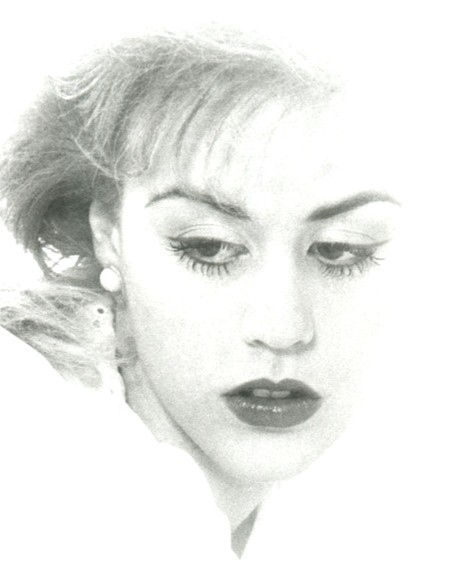
Photographers who were interested in a little experimentation used to try all kinds of camera settings to under expose or over expose the negatives to produce high key or low key shots. Some of the resulting photographs could be very powerful.
However, there seems to be a very common notion that ‘somehow’ digital photography is totally different from the old fashioned film photography. I do not know how this happened, but let me assure you that digital and film cameras do exactly the same job. They record an image you can later retrieve.
First, a little basics. All photography has worked on the principle of allowing light carrying the image to go through a lens and then fall on to a sensitized surface. Originally this was a glass plate coated with silver compounds which got darker when exposed to light. The degree of darkness depended upon how much light came through the lens, and for what length of time. This is the principle covering aperture (or lens opening), and shutter speed (how long the aperture is left open). That principle still holds good today. The only difference is that the “film” is now an electronic capture system.
This has led to what people have called the “digital revolution”. A completely new way of photography, requiring special new cameras which could show you the image you had just taken, immediately! No more agonizing waits at the film processing shop. Instant gratification for the “me now” generation.
However, this is where the misnomer occurred. It was not a “revolution” it was merely an “evolution”. The principles of photography (sometimes called ‘painting with light’ by the romantics) were just the same. And the application of them was just the same. A lens let in the light, for a proscribed length of time, and this was recorded by light sensitive electronic “film”. The difference was that you did not have to develop this new electronic “film” in chemicals. It could be viewed immediately by using electronic processing. Really, there was no difference.
Now, just as the old film cameras had aperture and shutter speed controls that were adjustable by the photographer, guess what? The new digital cameras have apertures and shutter speeds that are adjustable by the photographer as well. And in the same way, you can get creative results from your digital camera, exactly the same as you could with your film camera.
This is where some differences occur, however. With the ‘old fashioned’ film cameras you rotated a dial on the lens barrel to open or close the diameter of the aperture, and you had a dial on the top of the camera that you rotated to give you different shutter speeds. The two factors could be operated independently, and this was called Fully Manual Mode. However, with these new-fangled revolutionary digital cameras you get things called ‘drop down menus’ and you had to push multi-purpose up, down and sideways buttons to select different apertures or shutter speeds.
However, you have to learn where the “Manual” setting is on your new electronic marvel. This is the setting where you can choose the shutter speed and the aperture independently. If you choose shutter priority or aperture priority, the electronic ‘smarts’ in the camera will adjust setting to give you a standard exposure – not what you want with experimental photography.
I believe it is not quite as easy with digital cameras to adjust the shutter speed and aperture as many times you are left between drop down menus and rotary buttons, but your camera operation book will tell you if you are unsure.
The message here is that all the old controls are still there, under your control. It is just not as easy in my opinion (but I am still struggling with the remote for the TV set). Simple rotary dials are quicker and easier than drop-down menus for my money! But you are still in control.
In the fully manual mode, try giving larger and larger apertures and see what the differences are – which you can do ‘instantly’ with digital cameras. Likewise, try different shutter speeds and compare the end results.
Try a little creativity this weekend!
 |
 |
 |





